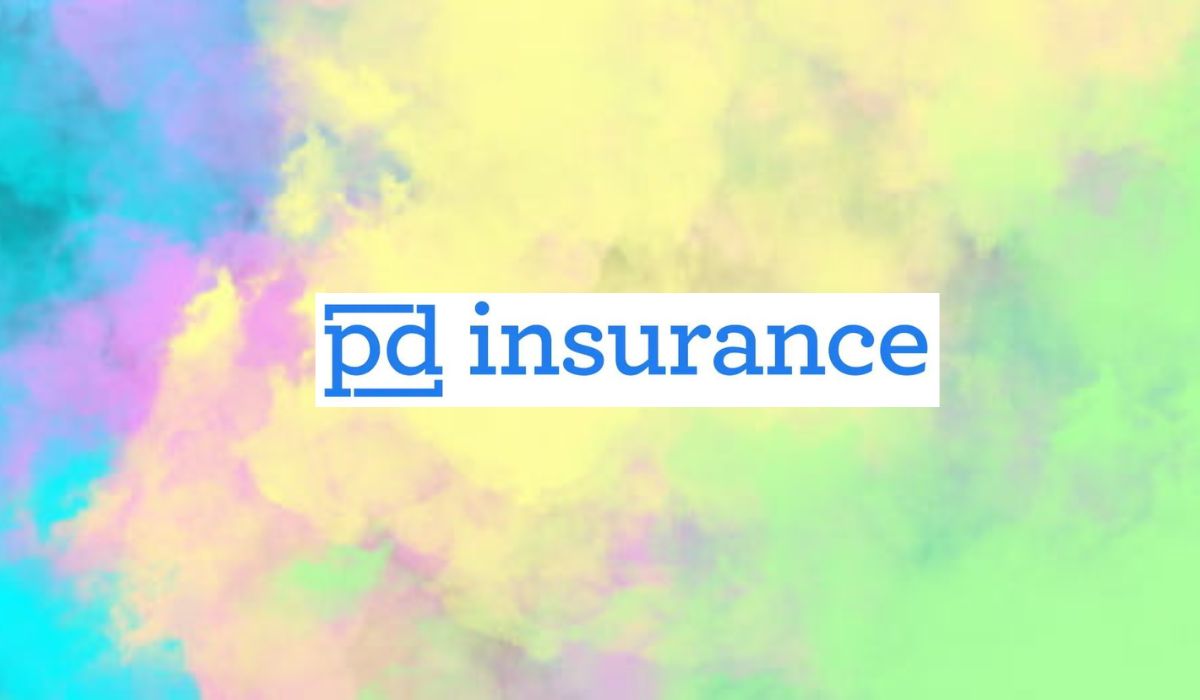Protecting one’s income is a top priority when it comes to financial planning. Despite its obvious importance, disability insurance often gets overlooked in favour of health insurance. The protection and financial security provided by personal disability insurance (PD insurance) is invaluable in such a crisis. This article delves into the specifics of purchasing PD insurance, including its value, coverage, and other factors to think about.
Defining Personal Disability Insurance
Individuals who become disabled or ill and are unable to work might rely on the benefits provided by personal disability insurance. It’s a form of income replacement that helps people keep up with their regular bills and expenses like rent and food when they can’t work.
The Importance of Personal Disability Insurance
Impairment can happen to anyone at any time because of the random nature of life. According to the Social Security Administration, an individual’s chances of being incapacitated prior to retirement age are pegged at 25% for those who enter the workforce at the age of 20. The financial consequences of becoming disabled might be severe if you don’t have proper insurance. The protection and financial stability provided by PD insurance helps to alleviate this worry.
Coverage and Policy Options
The scope and conditions of PD insurance policies vary widely. When you become disabled, your regular paycheck stops coming in for a set length of time (often a few months), but long-term disability insurance keeps it coming in for a much longer time, sometimes even until retirement. The length of time you must wait before receiving benefits, how much you will receive each month, and how much you will receive in total may all vary from policy to policy.
Considerations When Choosing PD Insurance
Several considerations must be taken into account while settling on a PD insurance plan:
- Occupation-Specific Coverage: Some policies provide protection unique to a person’s line of work, mitigating the hazards inherent in that line of work.
- Own-Occupation vs. Any-Occupation Policies: The definition of disability is different between own-occupancy and any-occupancy policies. Disability under “own-occupation” policies is determined by the inability to execute the essential functions of one’s own occupation, whereas disability under “any-occupation” policies is determined by the incapacity to conduct any substantial gainful activity.
- Elimination Period: There is a time frame known as the “Elimination Period” that must elapse before a disabled person will begin receiving disability payments. In exchange for faster coverage, shorter waiting periods may raise costs.
- Policy Riders and Additional Coverage: Cost-of-living adjustments, the possibility to make extra purchases in the future, and partial disability benefits are all examples of riders that can be added to a policy to increase its value.
The Process of Obtaining PD Insurance
There are a few steps involved in acquiring PD insurance:
- Assessment: Determine the necessary level of protection by first assessing your individual wants and hazards.
- Research and Comparison: Do your homework and research various insurance companies and plans before settling on the best one for your needs.
- Application and Underwriting: Apply for coverage by providing relevant medical history details, passing any required medical exams, and going through underwriting, where the insurer evaluates the risk.
- Policy Issuance: Once the policy has been approved, it will be issued and the premiums will be paid in accordance with the provisions of the policy.
Conclusion
In conclusion, Personal Disability Insurance is an integral part of comprehensive financial planning. It’s an essential safety net that keeps families afloat financially during times of medical emergency. When it comes to protecting one’s financial security, knowing the ins and outs of PD insurance and choosing the correct policy can make all the difference.
Also Read: Trisura Specialty Insurance Company: Protecting the Unique.
Frequently Ask Questions (FAQs)
What is Personal Disability Insurance (PD insurance)?
Personal Disability Insurance is a sort of coverage that provides financial protection to individuals in case they become disabled and are unable to work. During their time of incapacity, they will be able to rely on this benefit to help them meet their financial commitments such as rent, utilities, and food.
Who needs PD insurance?
Those who depend on their salary to maintain their standard of living should seriously consider purchasing PD insurance. It’s especially important for people who don’t have a lot of resources or whose employers don’t offer disability insurance.
How comprehensive is PD insurance?
If you become disabled and are unable to work, disability income insurance will help replace a portion of your regular income. It’s useful for replacing lost wages and meeting day-to-day needs including housing, food, and transportation.
Which impairments are paid for by PD insurance?
Accidental injuries, mental disorders, and long-term illnesses are only some of the many types of disabilities that are covered by PD insurance.
What is the difference between short-term and long-term disability insurance?
Typically, short-term disability insurance only pays out for a few months after a disability begins. Extended disability benefits, up to and including retirement age, are provided by long-term policies.











